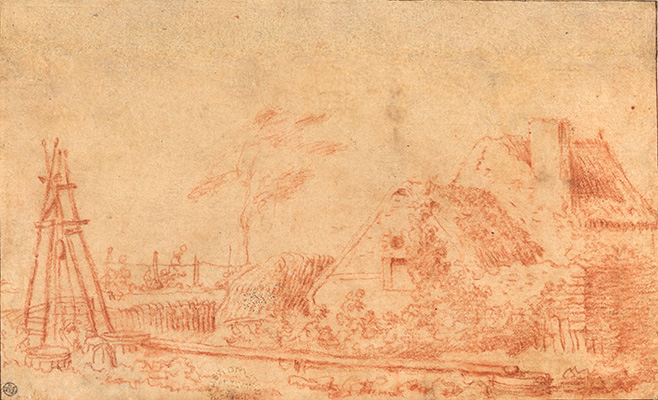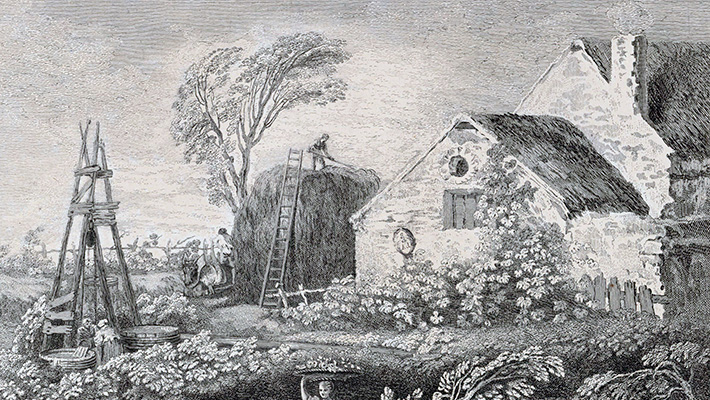
- Home Page
- Accepted
Paintings & Copies - Doubtful
Attributions - Doubtful Textual References
- Alternative
Titles - Collectors &
Museums - Bibliography
- Search Abecedario
- Watteau &
His Circle
Le Marais
Entered July 2025
Presumed lost
Materials unknown
Measurements unknown
RELATED PRINTS
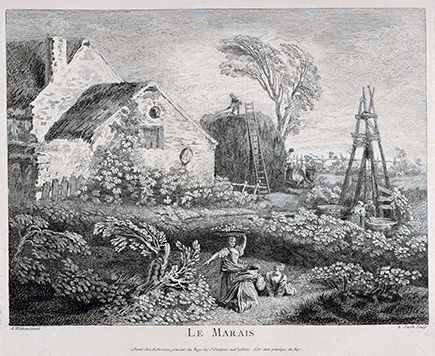
Louis Jacob after Watteau, Le Marais, c. 1730, engraving.
Le Marais was engraved c. 1730, in reverse, by Louis Jacob.
PROVENANCE
The owner of the painting and its pendant, L’Abreuvoir, was not named on Louis Jacob’s engravings. Neither it nor its pendant can be traced to eighteenth- or nineteenth-century sale catalogues.
SELECT BIBLIOGRAPHY
Mariette, Notes manuscrites, 9: fol. 126, no. 26.
Hédouin, “Watteau” (1845), cat. 34.
Hédouin, Mosaïque (1856), cat. 34.
Goncourt, “L’Art au dix-huitième” (1860), 58.
Goncourt, Catalogue (1875), cat. 194.
Réau, “Watteau,” (1928), cat. 197.
Dacier, Vuaflart, and Hérold, Jean de Jullienne et les graveurs (1921-29), cat. 136
Adhémar, Watteau (1950), cat. 108.
Parker and Mathey, Watteau, son oeuvre dessiné (1957), under cat. 444.
Mathey, Watteau, Peintures réapparues (1959), 34, 66.
Eidelberg, Watteau’s Drawings (1965), 71-73.
Eisler, “Two Immortalized Landscapes” (1965-66), 165-76.
Eidelberg, “Watteau’s Use of Landscape Drawings” (1967), 175
Cormack, Drawings of Watteau (1970), 27.
Montagni and Macchia, L’opera completa di Watteau (1968). cat. 85.
Ferré, Watteau (1972), 3: cat. B99. [This is L’Abreuvoir]
Posner, Watteau (1984), 109, notes 68-69.
Roland Michel, Watteau (1984), 159-60.
Washington, Paris, Berlin, Watteau 1684-1721 (1984), 99-102.
Grasselli, Drawings of Watteau (1987), 232-34.
Rosenberg and Prat, Watteau, catalogue raisonné des dessins (1996), 1: under cat. 235, 3: cat. R575.
Roland Michel, Watteau (1984), cat. 110a.
Michel, Le «Célèbre Watteau» (2008), 107.
Raymond, “Antoine Watteau et Jean-Baptiste Pater” (2022), 131-32.
Eidelberg, “Two Pastoral Idylls by Watteau” (2023).
RELATED DRAWINGS
A sanguine landscape study in the Metropolitan Museum of Art was employed by the artist for Le Marais. It is noticeably small in scale, and corresponds in size and subject to another landscape study in the Metroolitan Museum. This second drawing resembles in a general way L’Abreuvoir, the pendant to Le Marais. Both evidently came from a small sketchbook of the type that he carried out into the countryside. His oil sketch of the church at Gentilly represents another way he sought to capture the beauty of the natural world. None of these studies include figures. When needed, they were added back in the studio.
REMARKS
Mariette wrote that L'Abreuvoir and its pendant, Le Marais, were “deux veuës qui ont été peintes par Wateau d’après nature, dans le temps qu’il demeuroit au fauxbourg des Porcherons.”Mariette owned the two small landscapes now in the Metropolitan Museum of Art, which suggests his identification of the place represented is accurate. Dacier, Vuaflart, and Hérold relate this to the period when the artist was living in Antoine Crozat’s house in what was then the outskirts of Paris, near the Porcherons, an area of small farms close to what is nowadays Montmartre.
Watteau would have been well aware of the traditions of European landscape painting. Having trained in Valenciennes, he was familiar with the style and subject matter of Dutch landscapes, This is clearly registered in other early landscapes by Watteau such as his Veue de Vincennes, as well as these scenes of the Porcherons. Later in his career Watteau was more consistently drawn to Titian, Campagnola, and Venetian ideals.
Dacier, Vuaflart, and Hérold interpreted Mariette’s remark to signify that Watteau painted the two landscapes when he was living with Crozat on the rue Richelieu in 1712. However, there is no evidence that these paintings can be pinpointed to 1712 (and not, say, to years earlier or later). Nonetheless, Adhémar, Roland Michel, and Montagni followed in retaining 1712 as the operative date for the painting. Adhémar preferred a wider, slightly later dating of 1712-1715. Grasselli, as well as Rosenberg and Prat, proposed that the Metropolitan Museum drawings and, by implication, the Porcherons paintings were executed c. 1714. Posner posited a date after 1712 but not later than 1715. Only Mathey proposed as early a date as 1707-1708 for Le Marais.
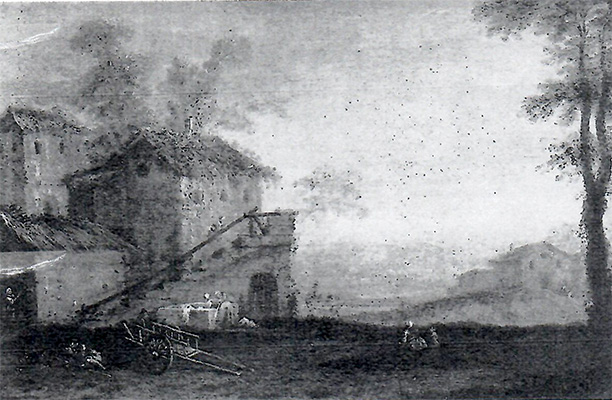
Jean-Baptiste Pater, Farm Landscape, oil on canvas. Paris, private collection.
Of the members of Watteau’s circle, it was Pater who was most affected by Watteau’s rustic scenes. The two artists made drawings of the same site, either studying the scene side-by-side or the pupil copying his master’s model in the studio. Pater went on later to paint some landscapes in the mode of Le Marais. Although critics such as Mathey sought to give the paintings to Watteau, these spare, bland pictures by Pater fall far short of Watteau’s skill.
